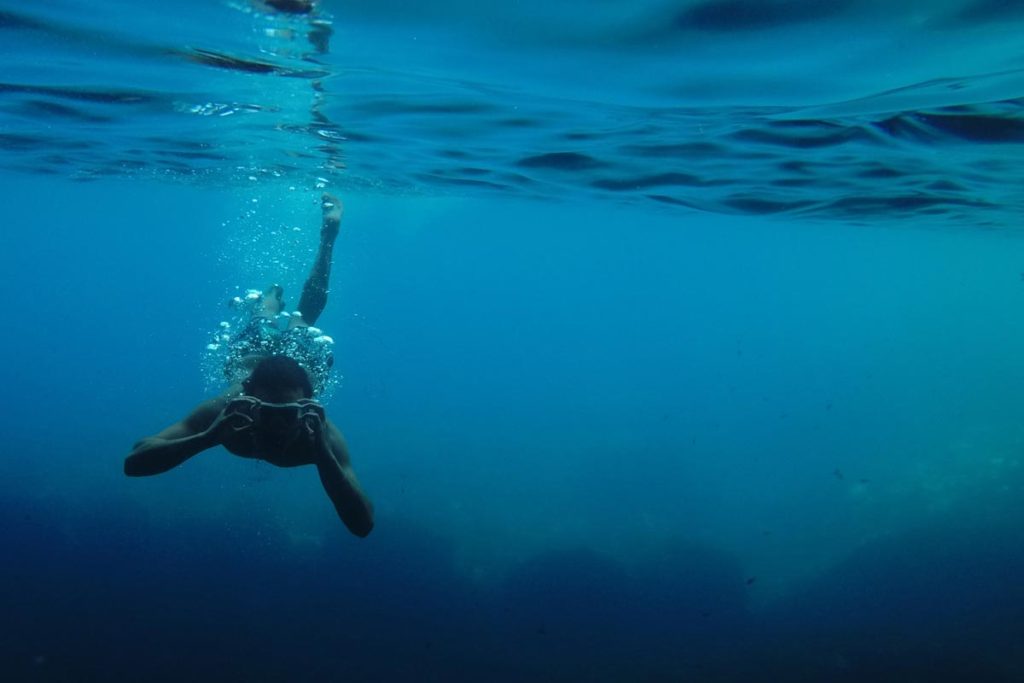If you are looking to capture the intriguing beauty of the underwater world, then you better be willing to go an extra mile and getting underwater photography equipment. To be honest, some of them don’t come cheap and require a whole lot of maintenance. But come to think about it, some experiences are worth the pain. That said, we will be looking at an essential underwater photography gear. Before you dive into the ocean, take a look at this.
Underwater Photography Gear
An Underwater Camera
The number of underwater cameras available today has considerably increased but as you would expect, Nikon and Canon are considered the best. Even if you use a camera housing, a water proof camera is still important for further safeguarding your camera from water. Although cropped sensors are better preferred when dealing with underwater photography, full frame lenses have their moments. For instance when working with wide angle lenses and also in order to reduce the noise in your photos.
Underwater Photography Gear
The Camera Housing
Due to the water pressure and the salty nature of sea water, a camera housing is one of the most underwater equipment you are going to buy. Housings come in a variety of materials with aluminum, Polycarbonate or a mixture of the two being the most common. Aluminum bodies are the best due to their durability hence obviously a bit more expensive.
When choosing an underwater camera housing, you want to ensure that you can easily access all controls. Also, keep an eye out for the depth rating especially if you are a deep diver. A marking of 40m and above will do just fine. Finally, try and get a small and compact housing for convenience and buoyancy purposes and remember to check the quality of the ports.
Underwater Photography Gear
The Lenses
The two main lenses used in underwater photography are macro and wide angled lenses. You will not be needing your zoom or normal lenses since they cannot cut through the layers of water effectively. A macro lens with a focal length between 60 and 100 millimeters will do just fine.
Underwater Photography Gear
Strobes
As discussed in the underwater photography for beginners article, the sea is quite dimly lit and due to the volumes of water, having a clear view may be a challenge. For this reasons, you need strobes to illuminate your subjects while under. Experts advise using two strobes especially if you are using a wide angle lens. You can get away with one strobe when dealing with micro lenses just ensure it is bright enough.
Underwater Photography Gear
Ports And Port Extensions
This is one of the equipment most people fail to budget for when acquiring underwater gear. Without appropriate ports, you risk getting unclear images or worse, damaging your camera. There are two kinds of ports, dome, and flat ports.
Dome ports (a.k.a wide-angle ports) are used to house wide angle lenses for the obvious reason that they capture a larger area. Standard dome ports come at 8 to 9 inches. However, you should pick a dome port depending on the size of your lens. When it comes to the material, most dome ports are made of acrylic. However, glass ports are usually better at providing sharper images hence more expensive.
Flat ports, on the other hand, are also called macro ports and usually house macro lenses. Flat ports allow for magnification of the image hence they are better preferred to flat ports when using a macro lens. This does not mean that dome ports cannot be used on macro lenses. They can but usually result in less magnified images.
Port extensions are important as they allow the lenses to properly fit in the ports which contribute to image sharpness. Port extensions also save you the hassle of getting two different ports for different lens sizes since you can simply extend the port to fit your lens properly.
Underwater Photography Gear
The Last Bit Of Advice
There are many other underwater camera gears you can invest in. but these are the must have. For beginners at underwater photography, go easy on the equipment as they can really cause a dent in your bank account. Instead, shift your focus to learning the settings needed in underwater photography. Most importantly, don’t get discouraged when you come up short of sharp or great shots dive back in and practice. It will pay off.







Comments are closed.